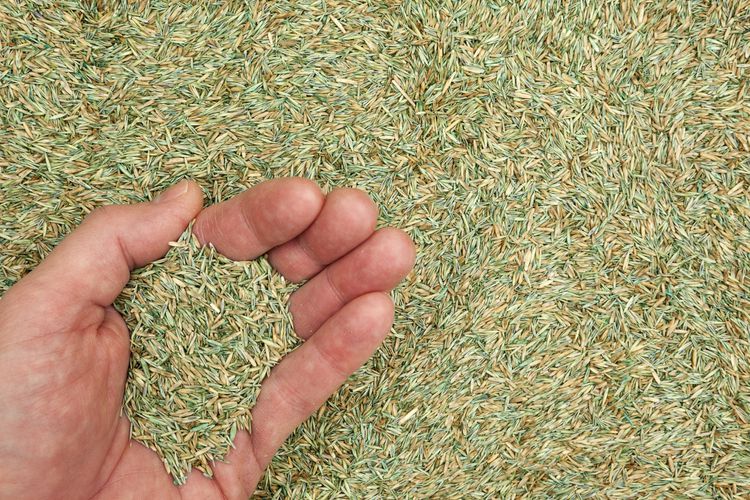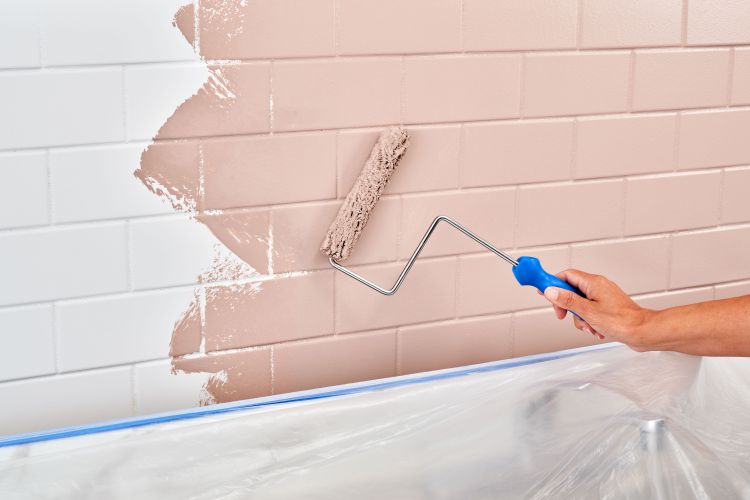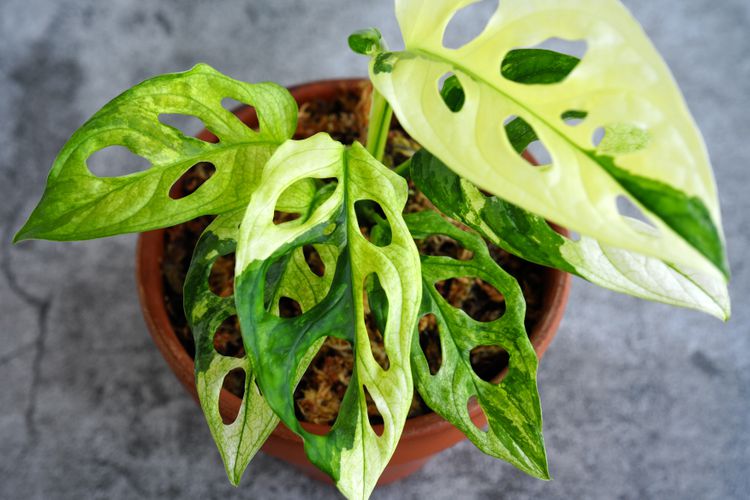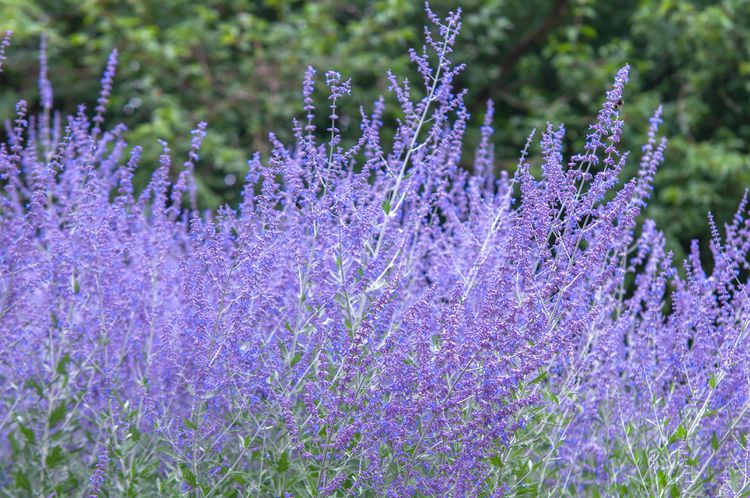
If you’re not planning to reseed your entire yard, it’s improbable that you’ll need to use a whole bag of grass seed. When reseeding only a few areas, you’ll likely have some seed remaining. Since grass seed can be costly and is typically sold in larger bags, you’ll have a surplus for future use. However, does grass seed have a shelf life?
In the following sections, we will discuss whether grass seed can spoil, how to identify if it has deteriorated, and the best practices for storing it to maintain its quality for an extended period.
Can Grass Seed Expire?
Indeed, grass seed can lose its effectiveness over time, though it doesn’t spoil in the same way that fruits or vegetables do when they decay. Instead, its viability diminishes as it ages, resulting in a lower germination rate for the same amount of seed. Consequently, you’ll need to use a larger quantity of seed to adequately cover the desired area.
Elements Influencing the Lifespan of Grass Seeds
If you don’t keep your seeds in a scientifically accredited seed bank, they will eventually lose their viability. Certain factors that contribute to the rapid decline of grass seed quality can be prevented, while others cannot.
The primary element influencing the longevity of your grass seed is time. Typically, grass seed remains viable for two to three years before its germination rate begins to decline. Factors such as heat, light, moisture, and airflow can significantly decrease the seed’s lifespan.
To extend the lifespan of your grass seed, keep it away from warm, bright, humid, and well-ventilated environments.
Indicators That Your Grass Seed Has Gone Bad
If you possess aged grass seed and are looking to reseed a particular area but are uncertain about its viability, you can perform a few tests to determine if the seed is still usable:
- Conduct a float test by placing a small quantity of grass seeds in a bowl or glass of water. Observe how many of the seeds float. If over 80% of them remain on the surface, it is likely that the seeds are viable.
- Conduct a germination test: While this process may be time-consuming, it offers the most reliable results for the typical gardener. Take 100 seeds and place them on a paper plate filled with damp soil. Cover the plate with plastic wrap and position it in a sunny area. Ensure the soil remains moist by spraying it every day or every other day. After a week, tally the number of grass seedlings that have emerged. If you have 80 or more, the seeds are viable. Alternatively, you can use a paper towel and water on a windowsill for a more informal approach. (Remember to count the seeds, as the ones that do not germinate will be hidden in the soil.)
- Examine the seed carefully: Is it lightweight, consistent in color, and does it have a fresh scent rather than a musty one? Healthy seeds typically have a solid, intact look and are denser than those that are no longer viable.
Tip
While it may seem like you’re cutting costs by using outdated grass seed that has diminished in effectiveness, you’ll actually need to apply a significantly larger quantity, and the chances of failure are higher, leading to a waste of your time. Opting for fresh grass seed is typically the better choice.
Proper Methods for Storing Grass Seed
To ensure proper storage of your grass seed, the key step is to securely reseal the bag. Utilize several chip clips or binder clips to achieve this. If you have an additional refrigerator in your garage or basement, the vegetable crisper drawer is an ideal spot for seed storage, as the fridge is excellent for prolonging seed life. If a refrigerator is not an option, consider using an empty insulated cooler, particularly in cooler climates, or a resealable storage bag as your next best alternative.
Is it acceptable to utilize very old grass seed?
Using very old grass seed is acceptable, but after two to three years, the viability of the seeds diminishes significantly. Consequently, even if the seeds are stored properly in a cool, dry environment, a larger quantity will be required to achieve adequate lawn coverage.
What is the shelf life of an unopened bag of grass seed before it becomes unusable?
An unopened bag of grass seed will experience a significant reduction in germination rates after two to three years, regardless of whether it has been kept in a cool, dry environment.
What is the shelf life of an opened bag of grass seed before it deteriorates?
Keep a bag of grass seed in a cool, dry location, ensuring it is properly sealed, and it can remain viable for two to three years before you begin to see a decline in germination rates.






